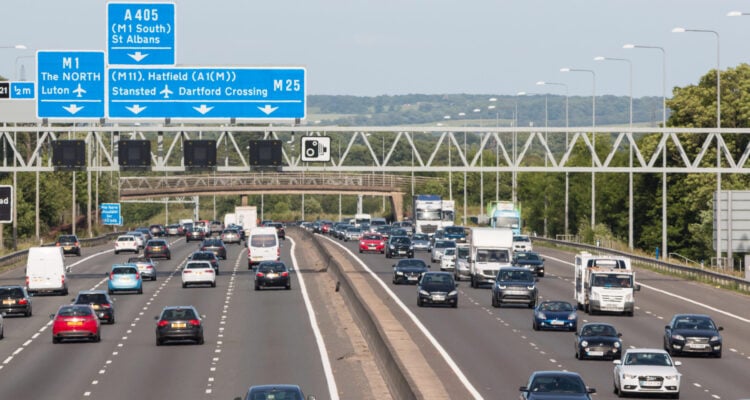Ensuring the safety of motorists on England’s Strategic Road Network (SRN), encompassing major motorways and A-roads, remains a paramount concern. Recent assessments indicate notable improvements in safety metrics; however, achieving the ambitious targets set by National Highways presents ongoing challenges.
Current Safety Performance
Recent data reveals a positive trend in road safety. Excluding the anomalous years of 2020 and 2021, which experienced reduced traffic due to the pandemic, the SRN recorded its lowest number of fatalities and serious injuries in 2023. This improvement occurred despite a 2.2% increase in traffic between 2022 and 2023. Such statistics underscore the effectiveness of current safety interventions and the commitment to enhancing road user safety.
National Highways’ Safety Improvement Plan
In response to the need for continued safety enhancements and at the request of the Office of Rail and Road (ORR), National Highways developed a comprehensive Safety Improvement Plan. The organisation is on track to complete the actions outlined in this plan by the end of 2025. However, projections suggest that the target of halving the number of fatalities and serious injuries by the end of 2025 may not be fully realised. It is imperative for National Highways to maintain its focus on implementing the remaining measures to bridge this gap and strive towards the established safety objectives.
The implementation of smart motorways, particularly those with all lane running (ALR), has been a focal point in recent safety strategies. The National Emergency Area Retrofit (NEAR) programme has led to extensive roadworks aimed at installing additional safe stopping areas on these motorways. While these enhancements are crucial, the associated roadworks have limited the availability of comprehensive data to assess the performance of ALR smart motorways fully.
A critical component of smart motorway safety is the Stopped Vehicle Detection (SVD) technology. Nationally, SVD systems have met performance requirements, contributing to the overall safety of the network. However, evaluations of individual schemes revealed that seven out of 36 metrics across 12 tested sites fell below target. This discrepancy highlights the need for continuous monitoring and improvement to ensure uniform safety standards across all smart motorway segments.
To enhance the effectiveness of these technologies, it is recommended that National Highways improves data collection on technology outages. A more robust understanding of these outages will enable better assessment of their impact on road users and facilitate the development of strategies to mitigate potential risks.
Beyond technological advancements, the physical condition of the road infrastructure plays a vital role in ensuring safety. Issues such as potholes have been a significant concern for motorists, with recent surveys indicating that road conditions are a top priority for drivers. The UK government has acknowledged this issue, with Prime Minister Sir Keir Starmer committing £1.6 billion to repair approximately seven million potholes across the country’s roads. This investment aims to reduce vehicle damage and enhance safety for all road users.
However, challenges persist. The Public Accounts Committee has described England’s road conditions as a “national embarrassment,” citing widespread potholes and inadequate maintenance. The committee emphasised the need for improved data collection and proactive maintenance by local councils to address these issues effectively.
Feras Alshaker, Director, Performance and Planning, said: “It is a good thing that that safety continues to improve on the strategic road network, and we should recognise the work that National Highways has been doing to improve safety on its roads. National Highways must now focus on implementing the remaining actions from its plan to further improve road user safety.”
While significant strides have been made in improving the safety of England’s Strategic Road Network, continuous efforts are required to meet the ambitious targets set by National Highways. A multifaceted approach that includes technological enhancements, infrastructure improvements, and robust data collection is essential. By maintaining focus on these areas, we can work towards a safer and more efficient road network for all users.




















